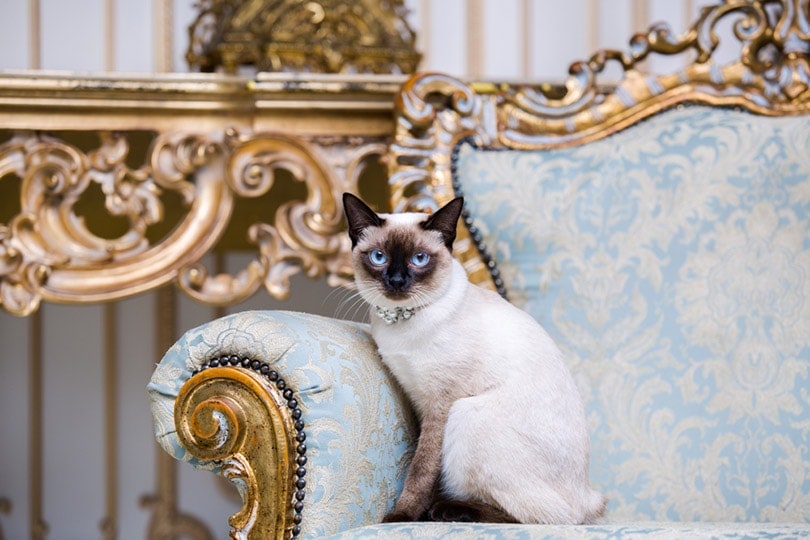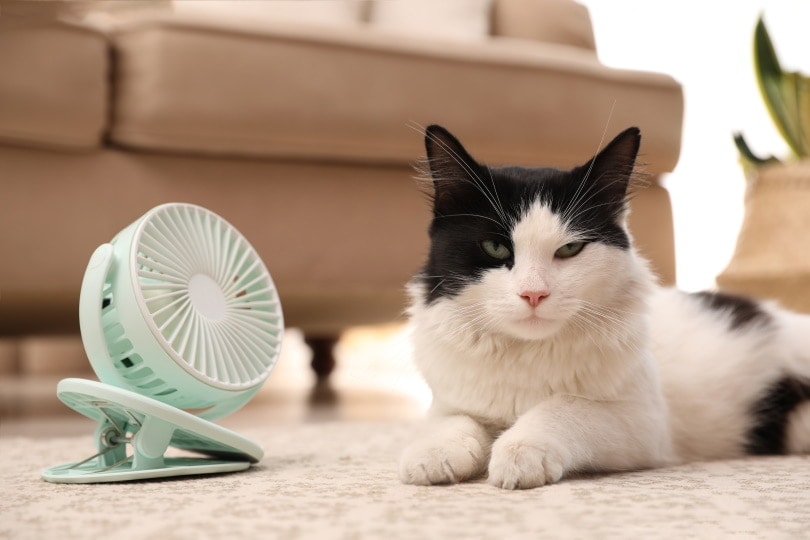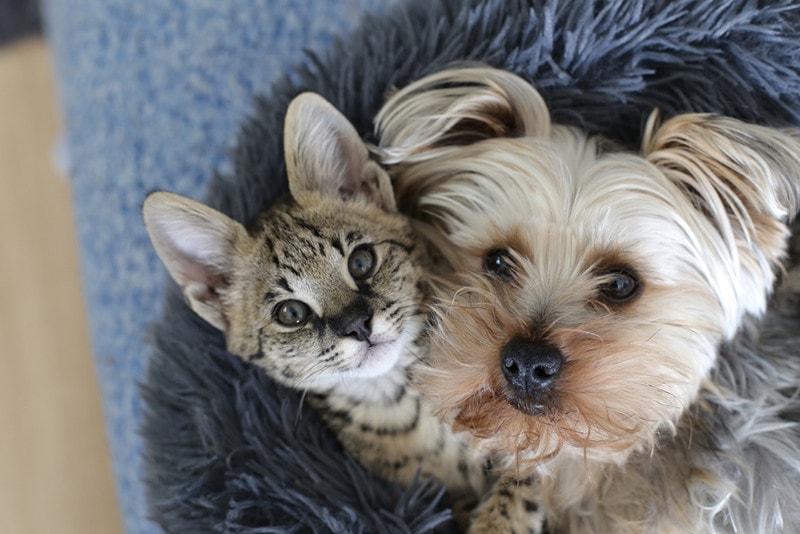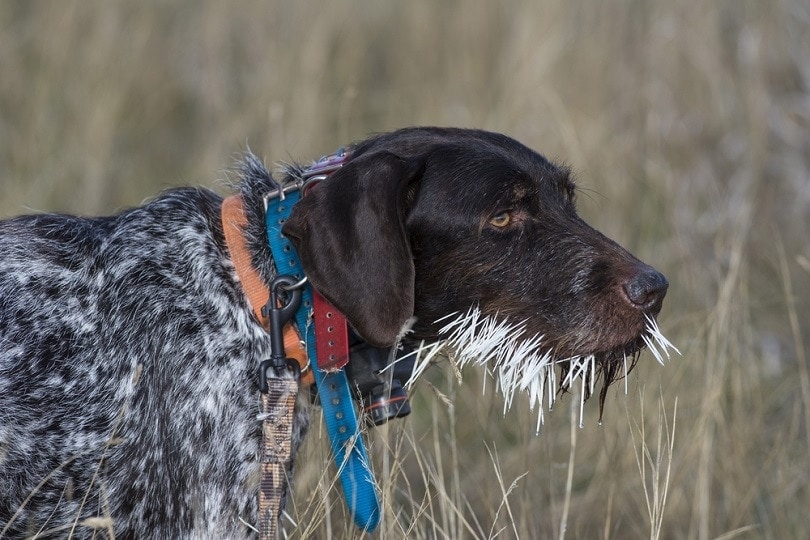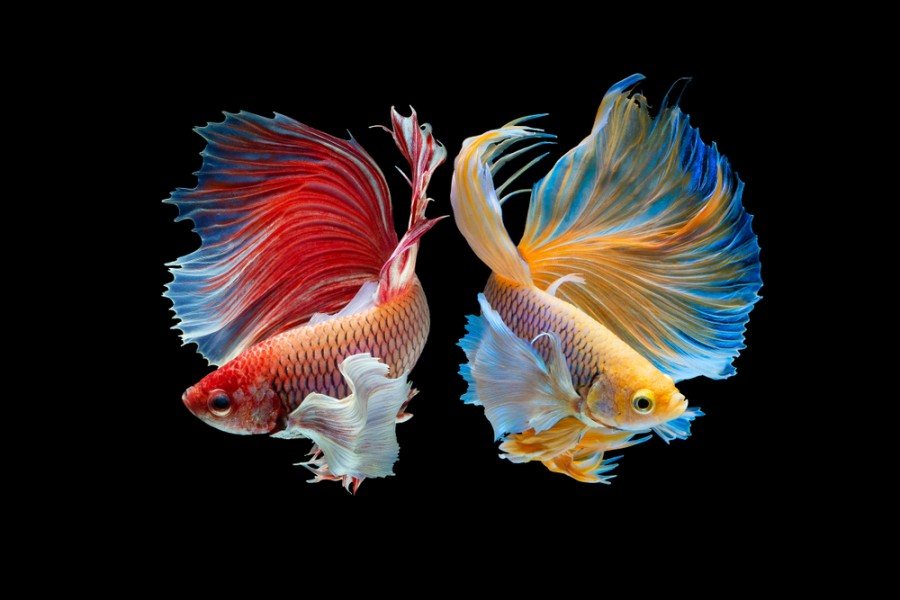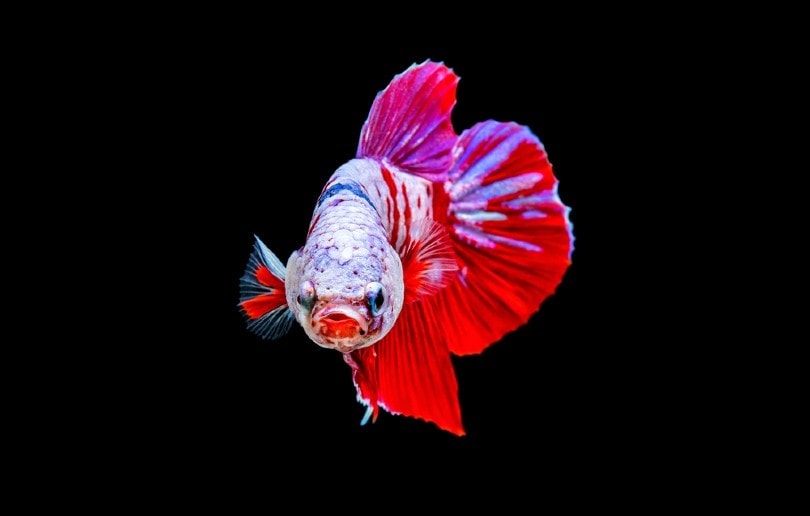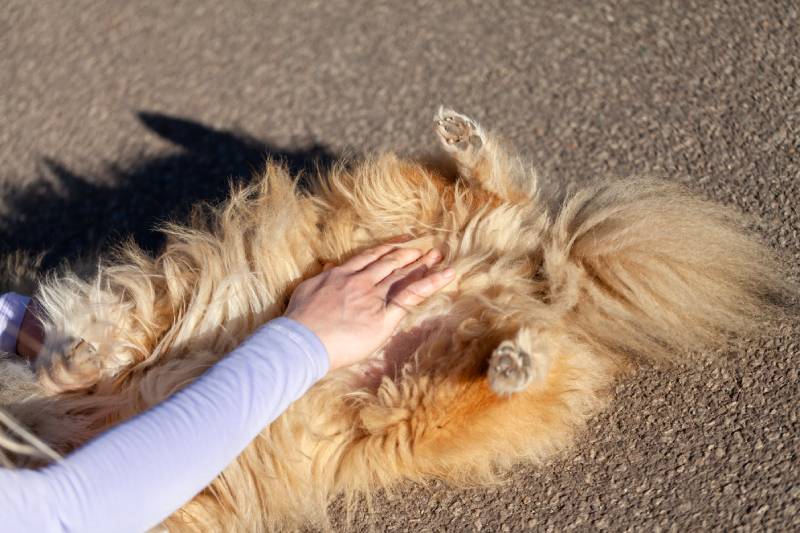What Is Human Grade Cat Food, and Should My Cat Be Eating It? Vet-Reviewed Science & Info
By Brooke Bundy
Updated on
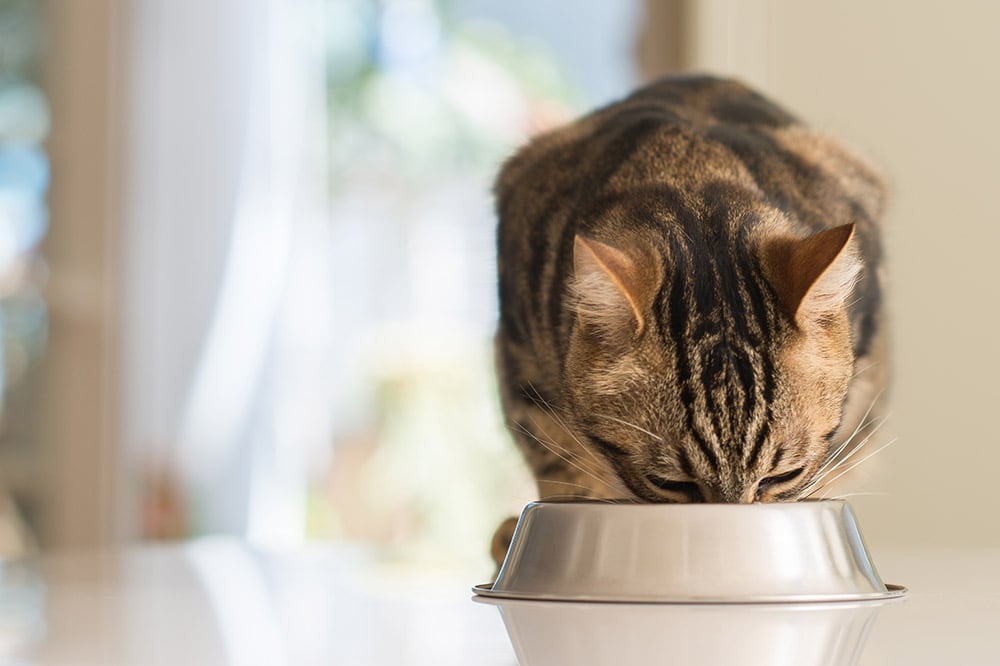
Have you ever wondered what exactly is in your cat’s food? Unlike clearly recognizable human meals which you might prepare for yourself, such as chicken breasts or fish filets, cat food formulas transform the actual ingredients into hard, brown kibbles or mysterious minces. Since diet is a vital factor of your cat’s overall health and longevity, you want to make sure they’re eating meals that will sustain them long-term. Human grade cat food claims to be better than your typical run-of-the-mill cat food formula, but is it really? What is human grade cat food and how does it differ from a standard bag that you might pick up at the supermarket? Let’s dig in to find out.
What Is Human Grade Cat Food?
To earn the human grade label, the AAFCO says the formula must be,1 “human-edible and the product must be manufactured, packed, and held in accordance with federal regulations in 21 CFR 110,2 Current Good Manufacturing Practice in Manufacturing, Packing, or Holding Human Food. If these conditions exist, then human-grade claims may be made. If these conditions do not exist, then making an unqualified claim about ingredients being human grade misbrands the product.” Unfortunately, however, there are no legally binding definitions of what’s considered human grade, so a pet company could potentially get away with making a misleading claim without facing any penalties depending on the jurisdiction.
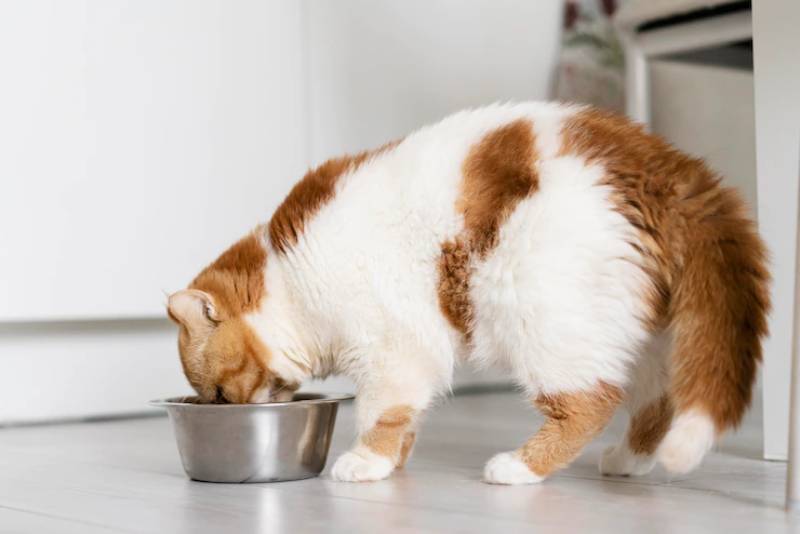
AAFCO
The American Association of Feed Control Officials (AAFCO) regulates guidelines for what’s considered human grade in pet food. It’s important to note that although they set down guidelines, the AAFCO actually has no authority to enforce the rules. Rather, it’s a volunteer association that encourages state and local governments to make their own laws.
Thus, just because the AAFCO declares certain “rules” doesn’t mean that pet food companies are legally obligated to abide by them in their jurisdiction. Indeed, the website for the AAFCO states that they do not, “regulate, test, approve or certify pet foods in any way. AAFCO establishes the nutritional standards for complete and balanced pet foods, and it is the pet food company’s responsibility to formulate their products according to the appropriate AAFCO standard.”
Conclusion
Discerning between human grade and feed grade cat food can be a challenging task. Although the rules regulating pet food are clearly laid out by the AAFCO, there’s not enough enforcement to make us believe that they’re followed 100%. Talk to your veterinarian about finding a trusted recipe that will fulfill your cat’s individual health requirements and actually follows the guidelines to be considered human grade, starting from the raw ingredients all the way to your cat’s bowl.
Featured Image Credit: Krakenimages.com, Shutterstock



